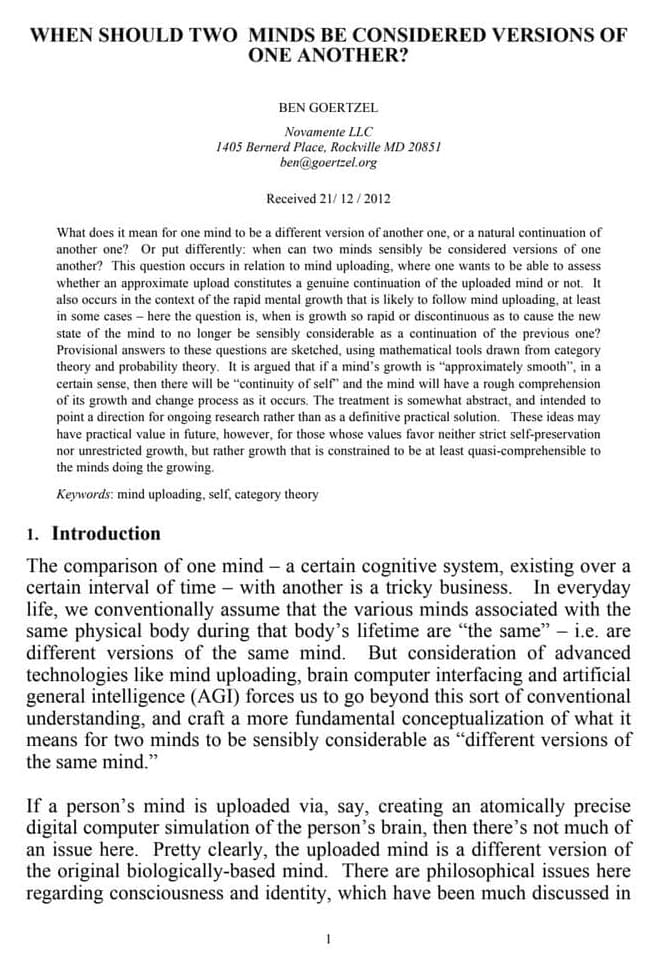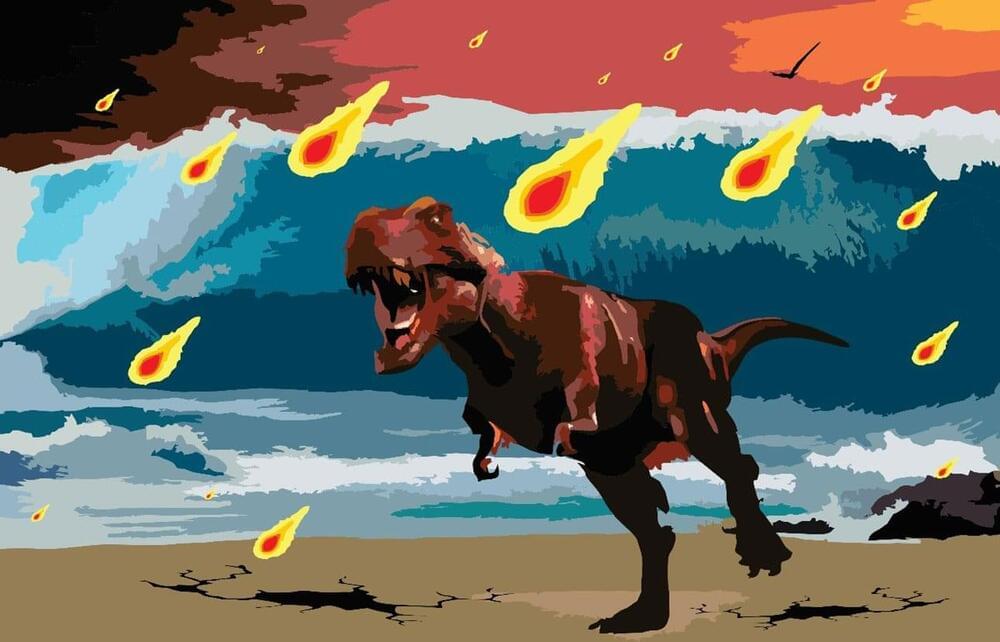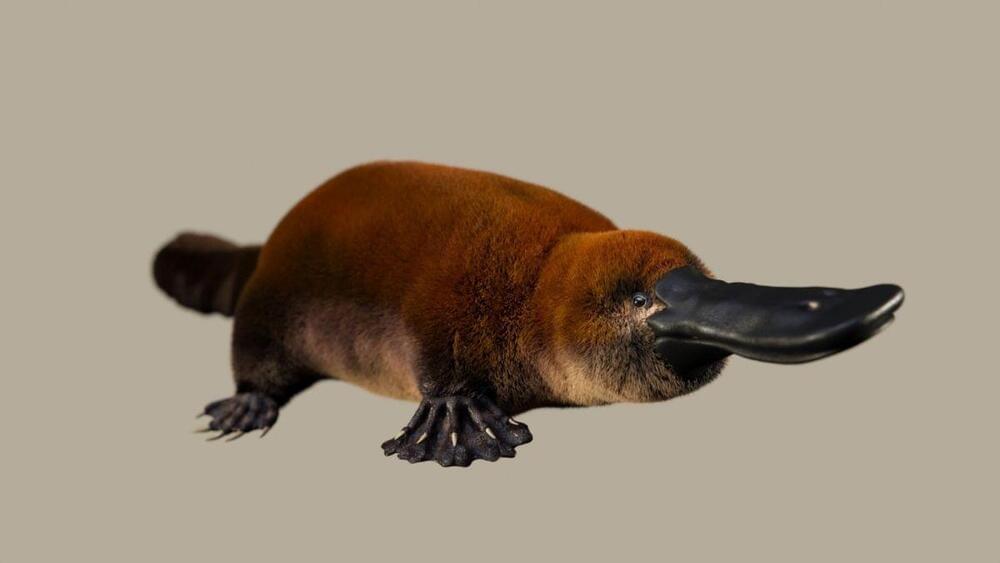More than 107 million science papers have just been cataloged for the public’s use thanks to a new project called The General Index.
Typically, academic studies exist behind a paywall — locking up potentially important information not only from the public but, perhaps more importantly, from other scientists.
The General Index wants to set that information free. The index acts almost like a Google search for scientific papers, but with a twist. Only snippets of the papers are provided, so it is up to users to mine the data and make sense out of it all.








